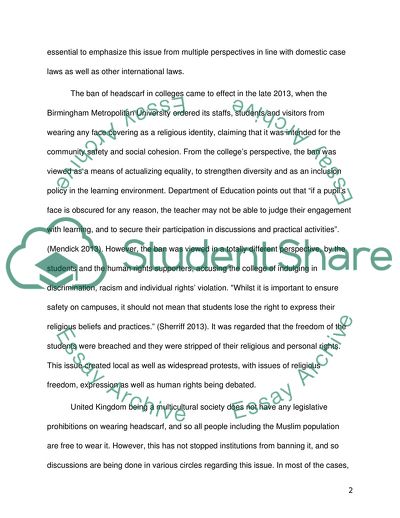Cite this document
(Human Rights: Multiculturalism in European Countries Coursework - 3, n.d.)
Human Rights: Multiculturalism in European Countries Coursework - 3. https://studentshare.org/law/1822908-human-rights
Human Rights: Multiculturalism in European Countries Coursework - 3. https://studentshare.org/law/1822908-human-rights
(Human Rights: Multiculturalism in European Countries Coursework - 3)
Human Rights: Multiculturalism in European Countries Coursework - 3. https://studentshare.org/law/1822908-human-rights.
Human Rights: Multiculturalism in European Countries Coursework - 3. https://studentshare.org/law/1822908-human-rights.
“Human Rights: Multiculturalism in European Countries Coursework - 3”. https://studentshare.org/law/1822908-human-rights.


